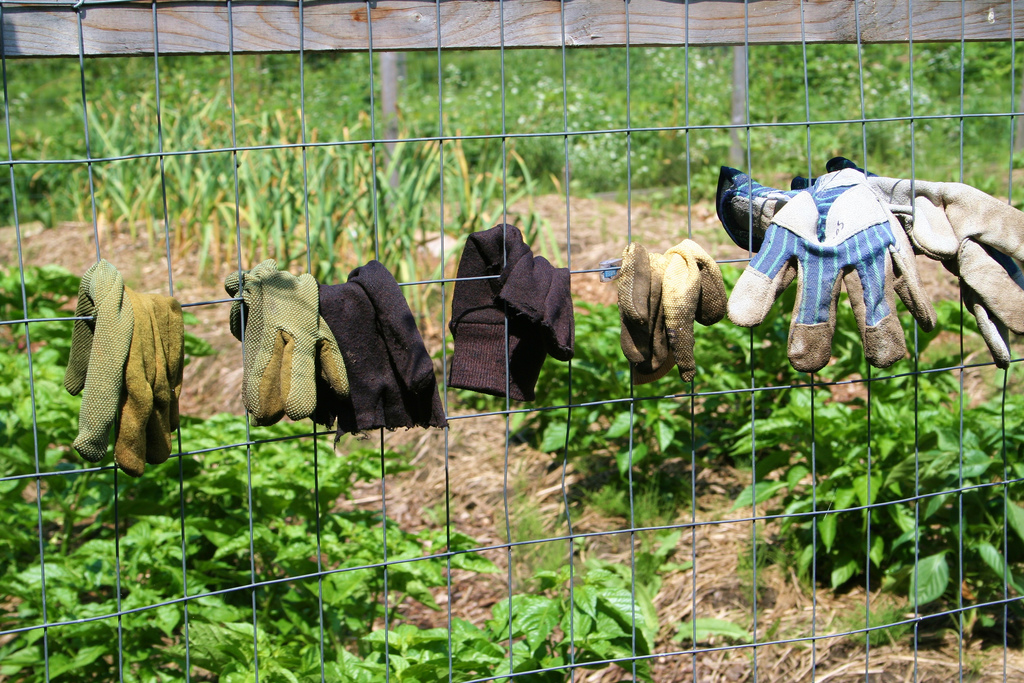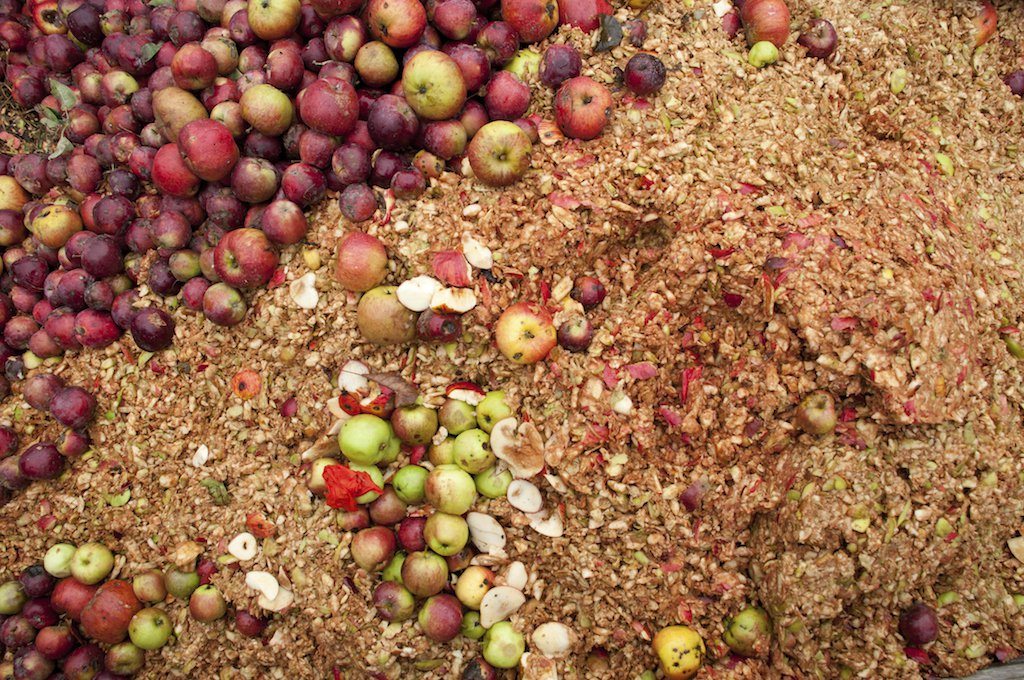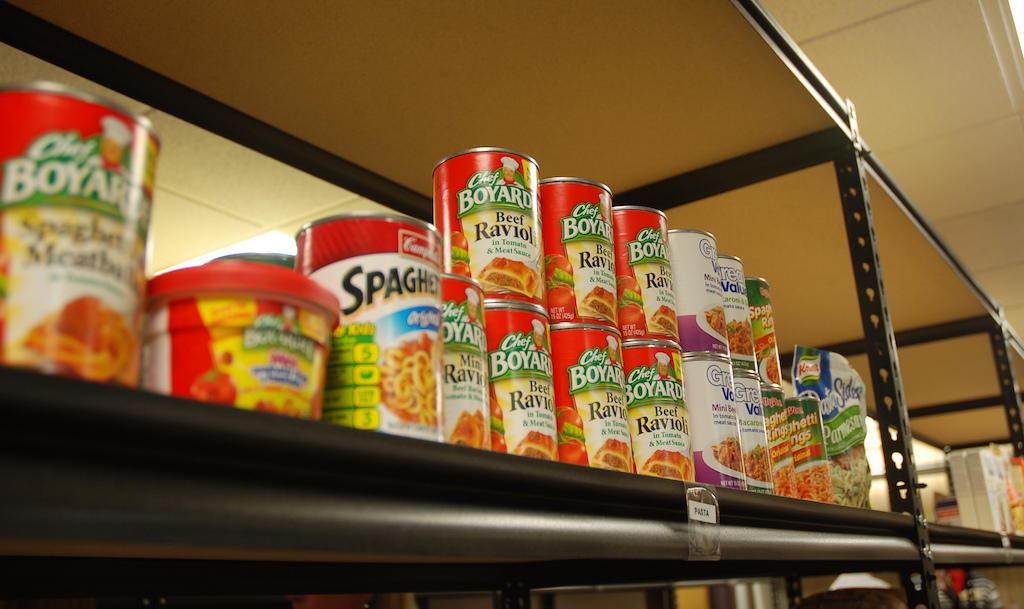For each of the last six years, Washington, D.C.-based Food Policy Action (FPA) has meticulously scored every single member of Congress on their food policy-related votes.
But for 2017, there weren’t many votes to count.
This is the first year FPA, which was founded in 2012, saw a new president enter office, and the group found it didn’t have much new legislation to work with. “We are in a low period now in terms of actually passing bills off the floor of the House and Senate,” said Ken Cook, president of the advocacy and research organization Environmental Working Group (EWG) and FPA’s founding chairman, on a press call held Wednesday to announce the group’s findings.
Chef and activist Tom Colicchio, FPA’s other co-founder and board member, was more blunt, adding that the Trump administration has “brought our country to a standstill.”
And that’s partially true, at least if we’re talking about actual policy that affects how and what we eat. Sure, there have been sweeping, pan-governmental changes like the Regulatory Accountability Act (H.R.5) that have already threatened to stoke tensions between farmers and environmentalists. And there have also been a few (dimly lit) bright spots this year: S. 1064, the bill that prevents “lunch shaming,” for instance, and increased investment in organic agriculture research.
But even though several bills have been introduced that would make real headway on issues like farm labor and date labeling, they have yet to come to a vote. FPA did score Congress members on how they voted for some cabinet nominees, like Environmental Protection Agency (EPA) Administrator Scott Pruitt, who has a proven track record of suing the agency he now leads. But even United States Department of Agriculture Administrator (USDA) Sonny Perdue came in to that agency with a relatively blank slate, and FPA ultimately decided that a Congress member having voted in favor of his confirmation was neither a positive nor a negative. “We were kind of neutral on whether he would be a terrible pick or not,” Colicchio says.
The results, by the group’s own admission, were skewed: If you miss one question on a four-part test, you can’t score higher than a 75 percent. The same would be true for Congress members who had very little to vote on. The score card is designed to quantify nuance, and there wasn’t a whole lot of that in Congress this year. “We’re the umpire, we’re calling balls and strikes,” Colicchio said in a follow-up call on Thursday. “Right now, we’re just umpiring a really bad game.”
But if 2017 was an unmemorable year for food policy, 2018 could be quite the opposite. The farm bill, which is up for reauthorization just once every five years, looms large. Midterm elections will shake things up. All the changes on Capitol Hill might just put food back in the spotlight.
Discussions about the next farm bill are already picking up steam. For months, there’s been talk of separating nutrition assistance programs like SNAP (formerly “food stamps”) from the parts of the bill that support farmers, though it’s not likely to happen. Colicchio says he thinks there are aspects of the bill members of Congress may actually agree on: Eliminating the “cliff effect” where people lose their food benefits as soon as they find work, for instance, and increasing access to crop insurance for fruit and vegetable farmers. He says he’d also like to see more support for farmers looking to transition to organic.
The midterm elections may also open up an opportunity to get food policy back on the table. Colicchio sees shifting the conversation around food’s role in policy and society as a crucial next step. During the last election, he says, people asked if he was disappointed that food wasn’t a bigger part of the debate. His response? “I hear food talked about every day, I just listen differently. If it’s healthcare, I hear food. If it’s the environment, I hear food. If it’s the economy, I hear food.”
Colicchio says this strategy—connecting food to some of the bigger issues on the ballot—may resonate with voters. “Our candidates need to understand how to talk about these issues as well,” he says.
Food Policy Action conducts polls to gauge voter interest in relevant issues, and so far the results have shown that people really care about quality, access, and equity. “We find that young mothers—Republican and Democrat, doesn’t matter—minorities, young people, millennials—they care about this issue.” Across the board, voters are concerned about nutrition and agriculture’s environmental impact. “The polling we’ve done cuts across all demographics. It cuts across all age groups,” Colicchio adds.
But when people get to the ballot box, they may still need support to think about all the ways food connects to healthcare, the economy, and national security. The real challenge is bringing voters up to speed on the legislation that influences price, nutrition, and sustainability. “When we got people to understand the idea that there are policies that touch your plate, and that these policies and your taxes are going to support a food system that is making people sick, they came around and went, ‘Oh. that’s not right.’”
There’s some evidence that food policy may have already swung an election, or at least given it a nudge. In 2014, Rep. Steve Southerland (R-FL) was running for re-election. An article titled “How to blow an easy GOP win” that appeared in Politico at the time painted a picture of a sloppy campaign: He alienated female voters by holding an all-male fundraiser and fought with his party over strategy. In the meantime, Democrat Gwen Graham pounded the pavement, winning over voters from both parties.
Food Policy Action set its sights on Southerland in October of 2014. In a press release announcing him as its number one campaign target, then-managing director Claire Benjamin said, “We’re letting voters in his district know that Steve Southerland is way past his sell-by date.”
Southerland had made a lot of enemies during negotiations for the 2013 farm bill, where he pushed work requirements for food stamps recipients and was “singularly responsible,” according to Benjamin, for the bill’s failure to pass.
FPA spent about $35,000 against Southerland’s campaign—the largest portion of its total spend that year—conducting a targeted voter turnout program and placing digital ads. “We talked about SNAP, about who uses SNAP and why, veterans—especially veterans coming back into society looking for jobs, some of them are struggling with mental health issues,” Colicchio says. “And people were shocked by this, shocked by the fact that he [Southerland] was going to drug-test people.”
Southerland lost his bid for re-election.
Of course, it’s impossible to say what ultimately swung the vote. But for Colicchio, the race was proof of concept. “More and more, it’s going to play a role. As long as you know how to talk about the issues as a food lens,” he adds.
One year ago, advocates hoped 2017 would see the formation of a national food policy council. Instead, it’s been a year of deafening silence. But the farm bill is on the horizon, regardless of whether or not the halls of USDA are still empty by the time 2018 rolls around. Says Colicchio, “we can win on these issues. It’s just a matter of understanding.”
This story was updated on November 3, 2017 to accurately reflect the amount of money FPA spent on the Florida election in 2014. An earlier version of the story stated that FPA spent a total of $1 million in 2014 elections. We regret the error.











